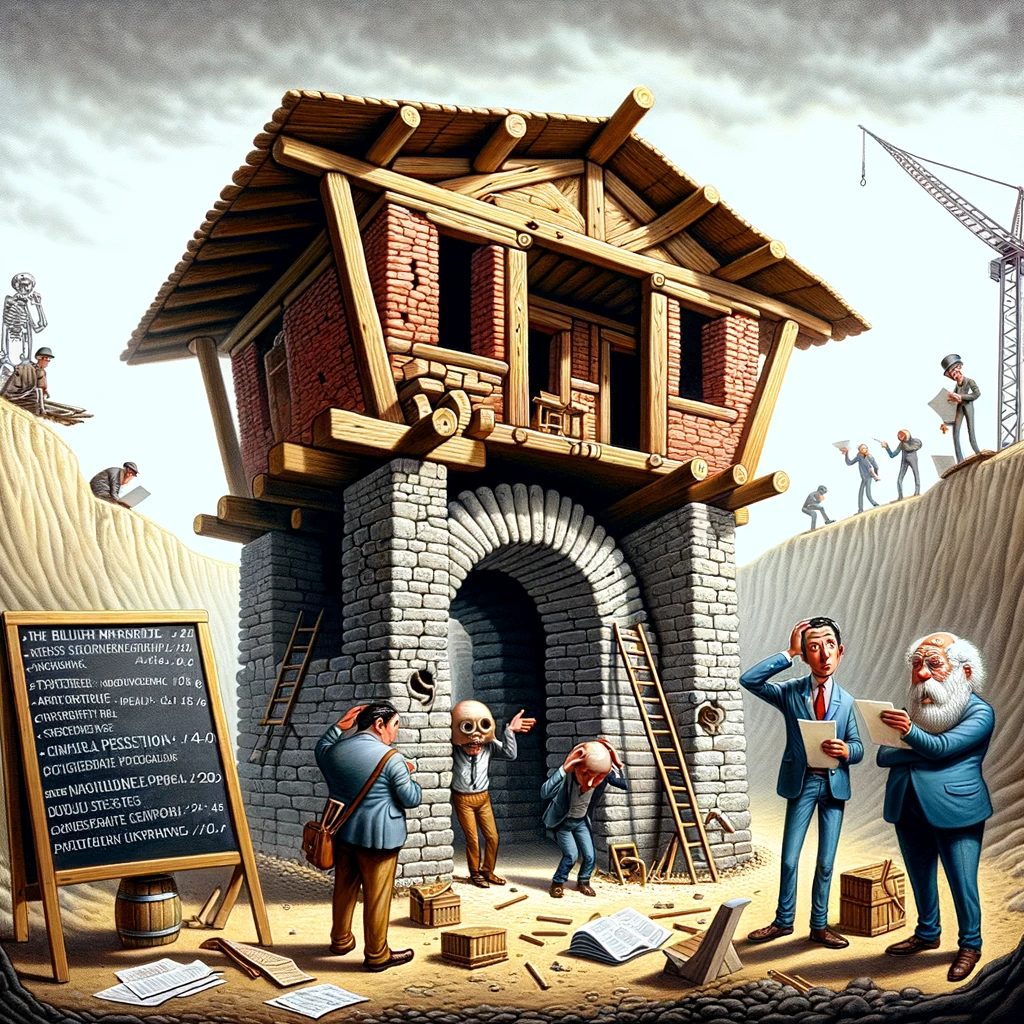Ancient Pit-House Survives Earthquake in Noto Town
A tweet by @cicada3301_kig highlights the resilience of an ancient pit-house structure at the national historic site of “Mawaki Ruins” in Noto Town, which survived the recent earthquake. The pit-house, a type of traditional Japanese dwelling, had a roof laden with 40 stones weighing 15 kilograms each, and its strength has surprised many.
そりゃ古代神話に地震があまり出てこないわけだわ
竪穴式住居、無事だった 能登町の国史跡「真脇遺跡」
“屋根には重さ15キロの石が40個載っている。柱は直径10センチほどの掘っ立てだが、関係者はその強度に驚いている。”https://t.co/ogZ7H2mjGi— すきえんてぃあ@書け (@cicada3301_kig) January 14, 2024
User Reactions:
- @iwa_30: “Even though pit-houses are earthquake-resistant, modern authorities won’t approve their construction.”
- @shields_pikes: “Ancient times likely had less damage from building collapses and landslides, but tsunamis could have wiped out entire settlements, leaving no trace.”
- @manaminsunsan: “Amazing that houses with seismic design existed so long ago!”
- @ronza09454210: “Pit-houses are ideally suited for Japan, with their arch supporting structure being strong against earthquakes.”
- @muhsnap96: “It’s a real survival bias. We only see the ancient ruins that survived.”
- @N__i8: “It’s confusing how different ancient Japan and the Mediterranean region were in terms of development.”
- @KoyocawToy: “Incredible strength! There’s something to learn from this.”
- @ice00775555: “The wisdom of ancient people is amazing.”
- @ena819coco: “Pit-houses are incredible. There’s much to learn from the Jomon period.”
- @cicada3301_kig: “
Ancient Japanese records also mention landslides where houses slid neatly, and people only realized it in the morning. Overall, there seems to be a lack of crisis awareness.” 11. @yamadasatoshi7: “I’ve always thought that if there were no artificial structures during a major earthquake, people would only be rolled around on the ground, minimizing damage.”
- @YoshidaSoem: “I’ve never heard of earthquakes in mythology.”
- @live_till_2025: “People working in structural design and seismic resistance must be frantically calculating and researching now.”
- @wikiltazan: “The integration of the foundation and pillars, and the fact that only the roof sits on top of the pillars, must contribute to its strength.”
- @nozomi_AUS: “During an earthquake, it would probably just feel like the ground is shaking.”
- @seen_872: “It’s surprising that earthquake-resistant houses were built so long ago.”
- @thv7thhokage: “Impressive strength indeed!”
Analysis:
The discussion about the ancient pit-house’s resilience in the face of an earthquake has sparked a blend of admiration for historical architectural wisdom, comparisons with modern building standards, and reflections on the role of natural disasters in shaping human history and settlements. The conversation brings to light the time-tested durability of traditional construction methods and opens up discussions on their relevance and potential application in contemporary seismic-resistant designs. The varied responses reflect a deep interest in understanding and learning from the past to better prepare for future challenges.










